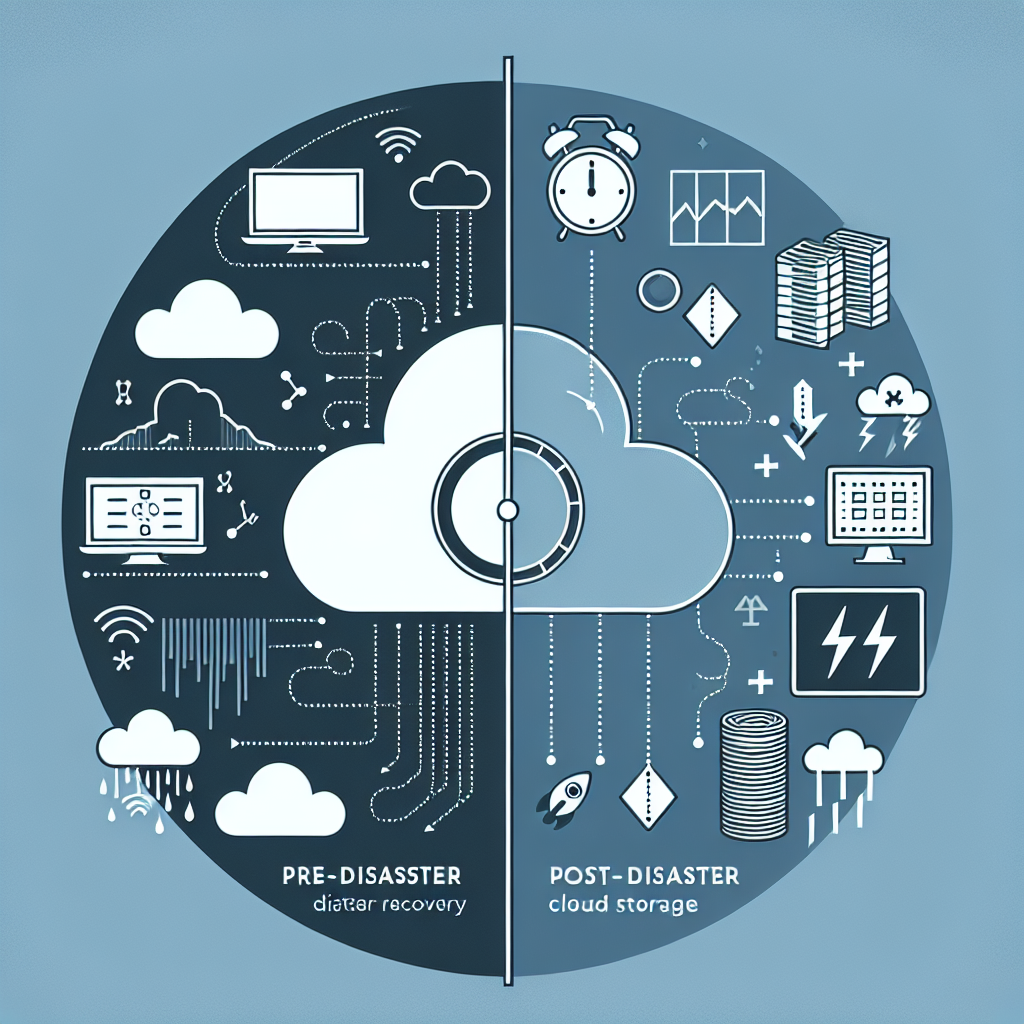Don’t Wait Until It’s Too Late: The Importance of Backup and Disaster Recovery in Cloud Storage
In today’s digital age, data is king. From personal photos and videos to critical business documents and financial records, we rely on our digital data more than ever before. However, with this increased reliance comes the risk of losing it all in the event of a disaster or data breach. That’s why it’s crucial to have a backup and disaster recovery plan in place, especially when using cloud storage.
Cloud storage has become a popular choice for individuals and businesses alike due to its convenience, scalability, and cost-effectiveness. However, many people make the mistake of assuming that their data is safe simply because it’s stored in the cloud. While cloud storage providers typically have robust security measures in place to protect data from external threats, they can’t always prevent data loss caused by user error, hardware failure, or natural disasters.
This is where backup and disaster recovery come into play. By regularly backing up your data to a secure offsite location, you can ensure that you have a copy of your important files in case the original data is lost or corrupted. This is especially important for businesses that rely on their data for day-to-day operations, as a data loss event could result in significant downtime and financial loss.
In addition to regular backups, having a disaster recovery plan in place is essential for minimizing the impact of a data loss event. A disaster recovery plan outlines the steps that need to be taken to restore data and resume normal operations in the event of a disaster. This could include having redundant systems in place, implementing data replication strategies, and conducting regular testing to ensure that the plan is effective.
Unfortunately, many individuals and businesses don’t realize the importance of backup and disaster recovery until it’s too late. By then, it may be impossible to recover lost data, resulting in irreversible damage to your personal or professional life. That’s why it’s important to take proactive steps to protect your data before disaster strikes.
In conclusion, don’t wait until it’s too late to implement a backup and disaster recovery plan for your cloud storage. By taking the time to regularly back up your data and create a comprehensive disaster recovery plan, you can protect yourself from the devastating effects of data loss. Remember, it’s better to be safe than sorry when it comes to safeguarding your valuable digital assets.


